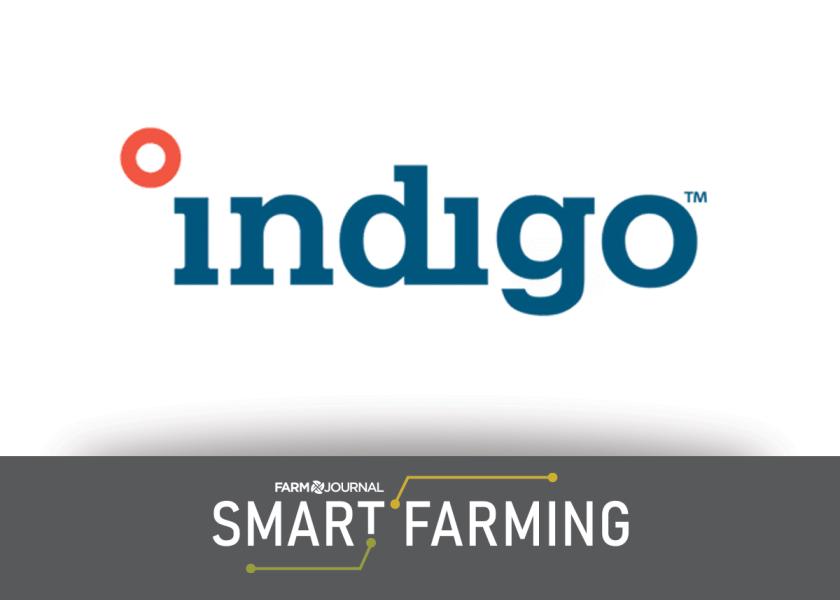Indigo Ag Announces Third Carbon Crop

Payments for the third crop of carbon credits facilitate by Indigo Ag will be made to its more than 900 farmer enrollees from 28 states in March 2024. This represents an equivalent of 163,048 metric tons of carbon dioxide sequestered or abated by U.S. farmers.
“Our record breaking third carbon crop reinforces that farmers can earn money and have a real and measurable impact leveraging agricultural soil as one of the world’s largest carbon sinks,” said Dean Banks, CEO of Indigo Ag. “As carbon projects continue to be scrutinized, we are incredibly proud to be the largest issuer of nature-based, registry issued agricultural soil carbon credits in the world, driving real value for farmers and corporations.”
Indigo Ag’s carbon program and Indigo Ag’s sustainably sourced grain programs have now paid farmers more than $12 million total.
Indigo Ag says it’s the only company to complete three carbon harvests at scale. Additionally, the company says its year-over-year growth includes more farmers paid (a 215% increase in new grower participation), more fields enrolled (a 333% year over year increase in new acres and a 297% increase in new fields) and more credits produced each year.
The first crop was announced in 2022 totaling more than 20,000 metric tons. And the second crop was announced in February 2023 totaling 110,000 metric tons with 430 farmers enrolled. On average farmers were paid $30/credit in the first two years. The final payment for the third year's program will be known in March.
Indigo cites a partnership with 25 agribusiness partners to provide a network of support for the carbon program as part of its success.
One such network member, Josh McClain, CEO of Firebolt Ag, said: “Working with Indigo Ag has helped us grow our business and improved our relationship with our farmers. When our customers come to us for guidance, it’s great to be able to recommend a quality program and practice changes that will improve their soil health while creating a new source of revenue that builds over time.”
Enrollment for the next season is open with an expanded list of eligibility including: hemp, perennial and annual alfalfa, millet, collard greens, and four perennial legumes to the current eligible crops (corn, soy and cover crops.)
Additionally, Indigo is working to streamline enrollment. For example, Indigo is working with its industry partners for farmers to import data from a spreadsheet or their FSA 578 insurance form.
Related Articles:
Indigo’s Carbon Milestone: 20,000 Credits Verified and Sold
Carbon Program Providers Say Buyer Demand is Outpacing Farmer Supply







